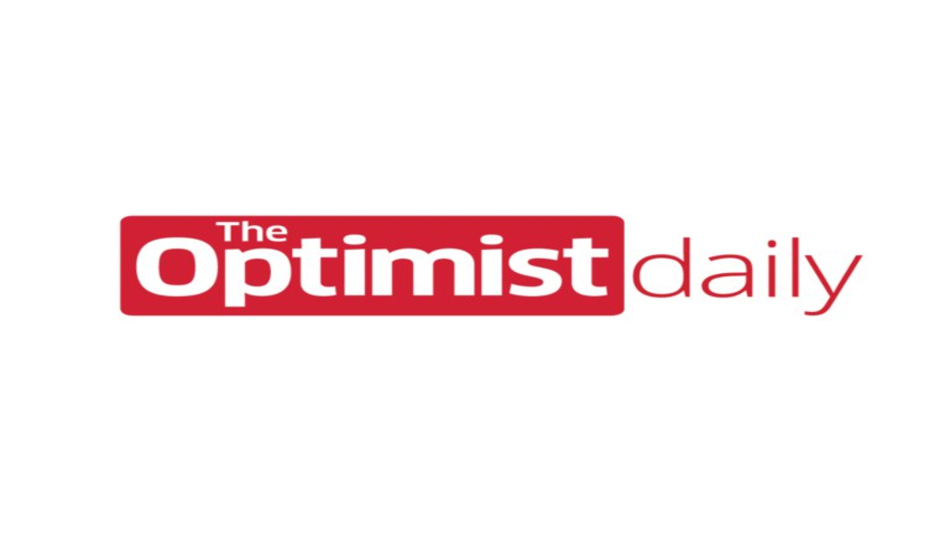If you’ve attended a virtual lecture or presentation lately you may have noticed that the speakers initiated the event with an acknowledgment of which Indigenous lands they were presenting from. Land acknowledgments are a respectful way to recognize which Indigenous lands we live, work, and travel on as well as pay tribute to the original keepers of this space. A new app from Canadian nonprofit Native Land Digital is making it easier for people to research which Indigenous Nations lived on certain land before the arrival of colonialists.
The app, as well as a corresponding website, allows users to zoom in on a global map of Indigenous land boundaries or search by territory, language, and treaty designations. The map primarily covers North America, South America, and Australia, but also has information on some regions of Asia and Europe.
Although the map does not represent the official or legal boundaries of the nations, it does give a historical look at where different tribes and nations once lived. The Indigenous cultural values of living in harmony and respect for the land, rather than establishing ownership over it, also make it more difficult to strictly define where different nations lived. The creators also note that the map is a working document and continues to change as more detailed research becomes available.
Native Land Digital’s website states, “In reality, we know that the land is not something to be exploited and ‘owned’, but something to be honored and treasured. However, because of the complexities of history, the kind of mapping we undertake is an important exercise, insofar as it brings an awareness of the real lived history of Indigenous peoples and nations in a long era of colonialism.”
If you want to acknowledge the Indigenous land you live on, you can check out the map here. In addition to land acknowledgments, native-led nonprofit Native Governance Center also advocates for using your time and financial resources to support Indigenous organizations and Indigenous-led grassroots change movements.
Image source: Native Land Digital











